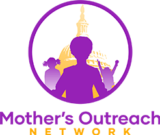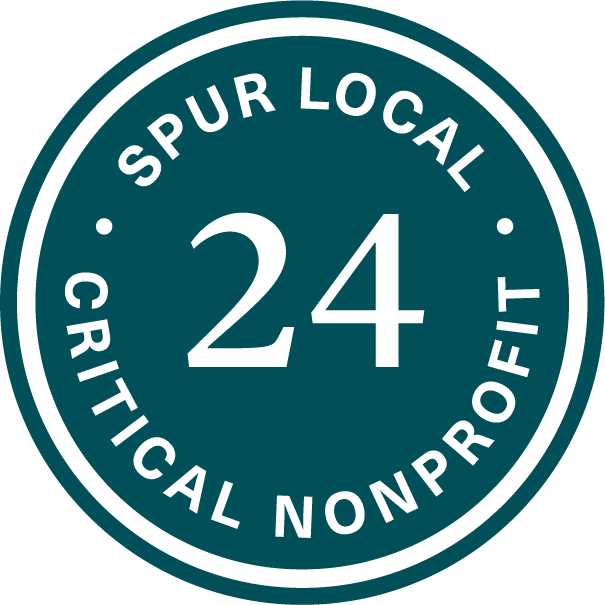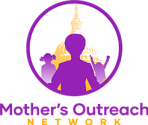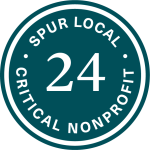DC Guaranteed Income Coalition has as its focus two primary goals: (1) to pass a permanent guaranteed income for all in the Washington, D.C. region, and (2) to enable individuals and communities to meet their basic needs and live with dignity and joy. The Coalition strengthens the current social safety net through advancing policies that ensure economic mobility.
Income inequality in the District of Columbia presents significant challenges to community stability and its commitment to racial and economic justice. In 2019, approximately one in seven District residents, or 90,500 people, earned poverty-level incomes – about $26,000 per year or less for a family of four.1
______________________________
What is guaranteed Income – Guaranteed Income (sometimes called Guaranteed Minimum or Guaranteed Basic Income) is a program or policy that would allocate to every member of a community subsisting below an income floor, an unconditional payment that raises them above a basic income threshold, regardless of their employment status or other circumstance. Many believe the income floor should be the federal poverty line, which is about $13,000 per year or about $1,000 per month for a one person household.
What is a benefit cliff?
Over time, government programs have established an array of social safety net programs with specific metrics to determine if an individual is eligible to receive those benefits. In general, at least one of those metrics is the individual or household’s income. Cash transfers can increase income above the eligibility threshold thereby reducing or, in some cases, causing the loss of eligibility completely, also known as a “benefit cliff.”
Since cash transfers (amount and frequency and asset limitations) impact income determinations, an individual’s participation in a cash transfer/guaranteed income program can put their eligibility for safety net benefits at risk. Additionally, receiving cash transfers from a private entity rather than a public/governmental entity as determined by the IRS can also impact eligibility to receive safety net benefits.
The safety net can be precarious and daunting for any family. Cash transfers/guaranteed income, in general, do not replace the value of a safety net benefit. It is designed to supplement and not supplant current benefit programs. Losing a public benefit can cause economic insecurity and volatility for an individual or family. As families navigate the public benefit matrix, they can be overwhelmed by the conflicting eligibility, income, and other restrictive requirements.
As the number of guaranteed income pilot programs proliferate, there is a need to address the “benefit cliff” conundrum and determine how the existing safety net and a guaranteed income program can be integrated into the existing economic fabric. The initial barrier to resolving this problem is the array of safety net programs both federal and local which have been established with contradictory and inconsistent requirements.
In the District of Columbia, there have been several programs which have provided cash transfers. Most notably Thrive East of the River 2. These programs counsel participants on the effect cash transfers may have on their benefits. Currently, the District has passed legislation3 that allows the exclusion of payments from a cash transfer/guaranteed income pilot program when calculating specific safety net benefits. This legislation is an important step forward and provides the building blocks for additional family protections.
Mitigation Strategies – Nationally, guaranteed income programs have researched benefit cliffs and developed various mitigation strategies. Many of these strategies are intended to exclude guaranteed income payments from programs’ definition of “income” through waivers, regulatory changes, or legislation.
In addition to income determinations, addressing benefit cliffs also requires identifying all relevant public benefit programs at the state and federal level to effectively employ mitigation strategies to protect safety net benefits. Mitigation strategies vary and may include obtaining waivers on income and asset limitations, where possible; regulatory change, when possible; and advocating for legislation to create a supportive and equitable environment for individuals and families to live in and attain economic stability.
Hold Harmless Fund – Notwithstanding efforts by pilot programs to address benefit cliffs, some participants may lose their benefits. Hold harmless funds are designed to minimize the risk to participants. When other mitigation strategies are unsuccessful, “hold harmless funds/accounts” have been established to provide financial support to individuals and families by reimbursing participants for the benefit that was reduced or lost. Many benefit programs count recurring unearned income in their eligibility determinations, but do not count lump sum payments. As a result, holding harmless funds can make up the difference in lost benefits for participants by providing a one time payment.
Solutions to the Benefit Cliff Problem– States/District of Columbia can Act:
Guaranteed income/cash transfers can change the narrative for low-income families structuring a path forward that supports dignity, trust, and agency. The benefit cliff highlights the complex nature of the safety net and the inability of families to negotiate its administrative and exclusionary hurdles. Our goal is to structure a safety net that works in concert with unrestricted cash transfers.
As an increasing number of guaranteed income/cash transfer pilots, supported by public and private philanthropic funding, are initiated in the District of Columbia, it is important to protect the benefits of participants. The District of Columbia can pursue legislative and administrative/regulatory action to protect these benefits.
Some examples: Illinois IL Public Act 101-0415) https://www.ilga.gov/legislation/publicacts/fulltext.asp?Name=101-0415 is a model for how states legislatures can protect benefits for guaranteed income recipients. 4
Other pilot guarantee programs include:
- DCFPI-Before the Pandemic-Increasing Hardship. https://www.dcfpi.org//all/before-the-pandemic-dcs-economy.
- Thrive East of the River https://greaterdc.urban.org/publication/evaluation-thrive-east-river
- Earned Income Tax Credit Expansion Clarification Amendment Act of 2022 https://code.dccouncil.gov/us/dc/council/acts/24-561
- Guaranteed Income-Community of Practice-Learning Memo: Guaranteed Income Community of Practice Federal Benefits Protection Working Group, updated March 2022. https://dcgicoalition.org/policies-benefits-cliffs/



